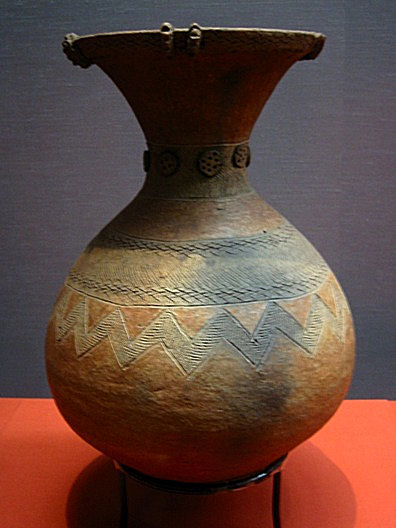<![CDATA[A new scientific study, spearheaded by archaeological researchers from the University of York, says there was a cultural impetus behind the increase in prehistoric pottery production. The study involved the use and spread of pottery in ancient Japan, as the region is thought to have been the epicenter of the spread of the practice some 16,000 years ago. Close examination of more than 140 pieces of ceramic, sourced from an ancient site in western Japan known as Torihama, yielded the new results. Researchers have been hard at work trying to understand why Japanese pottery activity rocketed around 11,500 years in the past. Much of the increase has to do with the end of the last Ice Age. As the climate became warmer, leading to increased amounts of flora and fauna, local inhabitants started enjoying food sources that were more varied and plentiful in number. This naturally led to an increase in the need for different techniques for storing and cooking food – or at least that was the prevailing thought until this most recent study. Researchers performed a battery of tests on the ceramic vessels from Torihama, including isotopic and molecular analysis of the remnants of lipids that had accumulated in the pottery over a period of 9,000 years. The results were that the ceramics were by and large used to cook freshwater and marine animals for food – something that remained constant despite the fact that the climate warmed and that the number of food sources grew by a sizable margin. In fact, the only major difference that might have occurred as a result of the warming climate is that a greater quantity of freshwater fish seemed to be consumed. Researchers say that this reluctance to change how the local inhabitants used their pottery, even in the face of a much warmer climate, could indicate that environmental factors were not nearly as important as cultural influences when it comes to the explosion of pottery use. In a press release from the University of York, Dr. Oliver Craig, the university Department of Archaeology’s Director of BioArCh, stated that the reason pottery became so widely adopted looks less due to subsistence, but instead part of an attempt to keep cultural traditions alive – especially when it came to marine and freshwater food sources. Article co-author and BioArCh research associate Dr. Alexandre Lucquin, who was also quoted in the press release, remarked that the method of analysis for this particular research study – namely the lipids embedded in and on this ceramic – was “remarkable” thanks to how well-preserved the samples were. The analysis was invaluable for providing some of the very first insights into how the climate change that accompanied the last Ice Age had a much less pronounced effect on the use of pottery than previously thought. Likewise, study participant Dr. Shinya Shoda from the Nara National Research Institute for Cultural Properties, said that a completely new phase of East Asian ceramic research is likely to arise from the findings and is likely to encourage additional organic and widespread analysis of the existing pottery record. The research, which has been published in the journal Proceedings of the National Academy of Sciences, can be found here ]]>
Proliferation of Pottery Had Cultural Impetus
